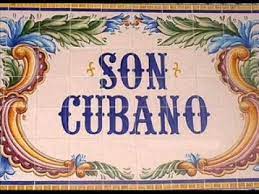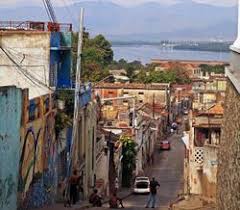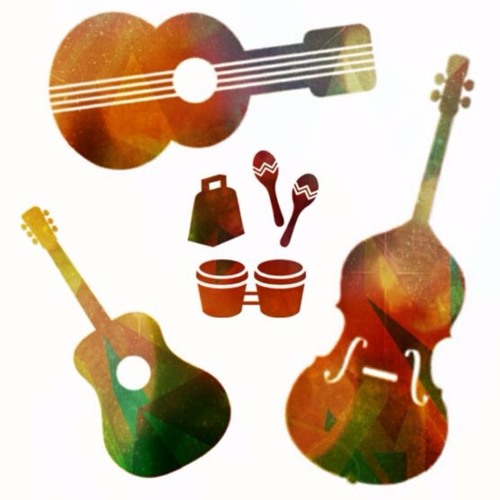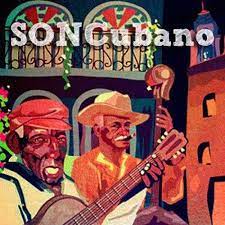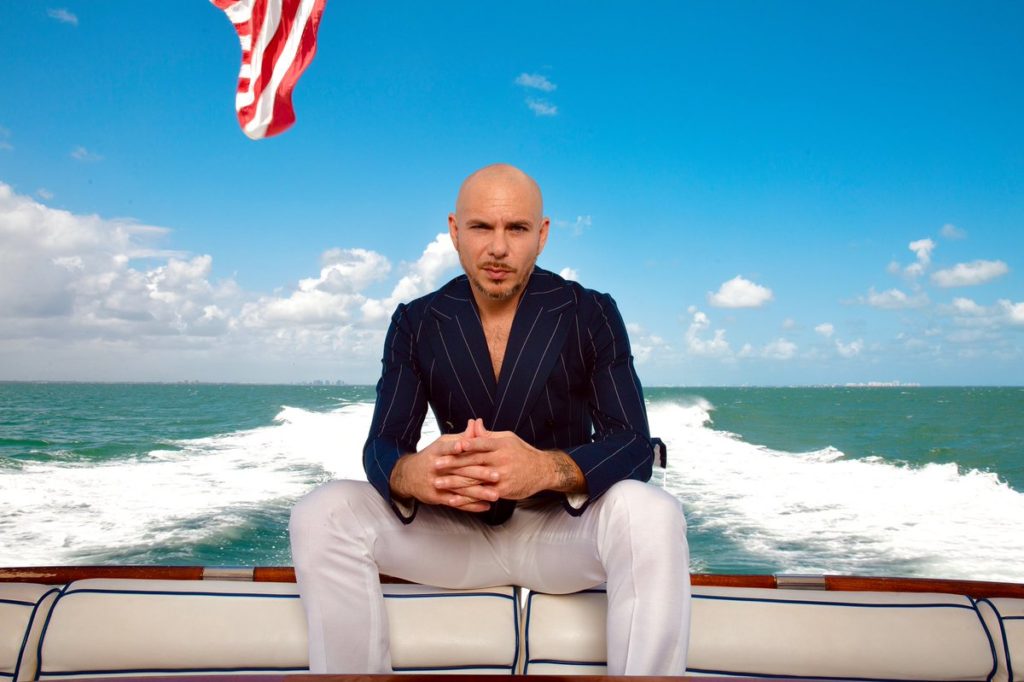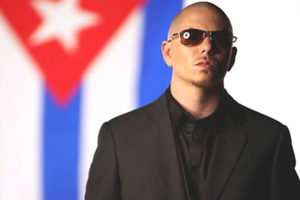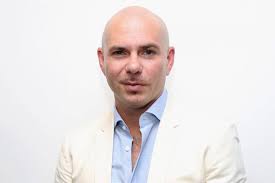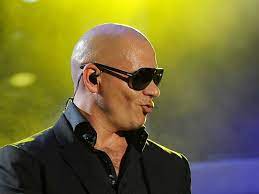EL SÓN CUBANO, GÉNERO INSTRUMENTAL QUE CONSTITUYE UNA DE LAS FORMAS BÁSICAS DE LA MÚSICA CUBANA. VIDEOS
El son cubano es un género de música y danza cuyos componentes hispánicos fundamentales se encuentran el estilo vocal, la métrica lírica y la primacía del tres, derivado de la guitarra española; un género vocal, instrumental bailable, que constituye una de las formas básicas dentro de la música cubana, presentando en su estructura elementos procedentes de las músicas africanas (Bantú) y españolas, pero ya fundidos en lo cubano, confluyendo en los giros rítmicos, estribillos, modos percutivos, entonaciones y sonoridades de las cuerdas pulsadas que denuncian sus dos fuentes originarias.
Su característico ritmo de clave, estructura de llamada y respuesta y sección de percusión (bongo, maracas, etc.) están arraigados en tradiciones de origen bantú. Se baila por pareja enlazada, y para producir su música se emplea una amplia gama instrumental que puede ir de un simple tres o guitarra, a veces acompañado de marimbuela, güiro y bongó, hasta grupos más grandes y complejo.
Según Odilio Urfé el son es el exponente sonoro más sincrético de la identidad cultural nacional […] su existencia verificada comienza concretamente en las postrimerías del siglo XIX, en una ubicación zonal múltiple que comprende los suburbios montuneros de algunas ciudades orientales, como Guantánamo (con el Changüí), Baracoa (lugar donde según Sindo Garay, se originó el tres cubano), Manzanillo (con su base organera) y Santiago de Cuba con sus barrios folklóricos de emplazamientos sub-urbanos.
VIDEOS- GRUPO MUSICAL DEL SON ….
Por su extracción, desarrollo, características sonoras y coreográficas y su uso social, el son cubano devino históricamente como el medio de expresión más idóneo y representativo para las capas humildes de la estructura socio-económica-política de la Cuba de la primera post-guerra
EL SON LLEGA A LA HABANA
Hacia 1909 el son llega a La Habana, donde se realizan las primeras grabaciones en 1917. Esto marcó el inicio de su expansión por toda la isla, convirtiéndose en el género más popular e influyente de Cuba. Si bien los primeros grupos tenían entre tres y cinco miembros, durante la década de 1920 el sexteto (sexteto) se convirtió en el formato principal del género.
Para la década de 1930, muchas bandas habían incorporado una trompeta, convirtiéndose en septetos, y en la década de 1940, un tipo más grande de conjunto con congas y piano se convirtió en la norma: el conjunto. Además, el son se convirtió en uno de los principales ingredientes de las jam sessions conocidas como descargas que florecieron durante la década de los cincuenta.
La presencia internacional del son se remonta a la década de 1930, cuando muchas bandas realizaron giras por Europa y América del Norte, lo que llevó a adaptaciones de salón del género, como la rumba americana. De manera similar, las transmisiones de radio de son se hicieron populares en África Occidental y los Congos, lo que llevó al desarrollo de géneros híbridos como la rumba congoleña. En la década de 1960, la escena musical de Nueva York impulsó el rápido éxito de la salsa, una combinación de son y otros estilos latinoamericanos grabados principalmente por puertorriqueños. Si bien la salsa alcanzó popularidad internacional durante la segunda mitad del siglo XX, en Cuba el son evolucionó hacia otros estilos como el songo y la timba, el último de los cuales a veces se conoce como “salsa cubana”.
Autores clásicos del género como Bienvenido Julián Gutiérrez, Ignacio Piñeiro y Arsenio Rodríguez, e intérpretes como el trompetista Félix Chapotín y el genial cantante Benny Moré, son figuras determinantes en un desarrollo progresivo que abarcó casi todos los estratos musicales cubanos y que influye en no poca de la producción de diversas zonas del mundo “.
Sobre la estructura del son escribió Eliseo Grenet : “consiste en la repetición de un estribillo de no mas de cuatro compases originalmente llamado montuno, que se canta a coro, y un motivo de contraste para una voz a solo que no sola pasar de los ochos “.
Inicialmente los grupos de son estaban formados por guitarra, tres, bongó, botija o marimbuela (luego bajo), claves y maracas; después se le agregó una – o mas – trompetas.
En resumen puede decirse que en el complejo instrumental del son (sexteto o septeto) se evidencia una constante y contrastante yuxtaposición de tres franjas rítmicas independientes en proyección dinámica.
La presencia de este género cubano es importante – y creciente -, a escala universal, dentro de las expresiones musicales mas auténticas y valiosas de hoy.
Y como dice la canción “el Son es lo mas sublime para el alma divertir, se deveria de morir quien asi no lo estime”..
THE “CUBAN SÓN”, INSTRUMENTAL GENRE THAT CONSTITUTES ONE OF THE BASIC FORMS OF CUBAN MUSIC. VIDEOS
The Cuban son is a genre of music and dance whose fundamental Hispanic components are the vocal style, the lyrical metric and the primacy of the tres, derived from the Spanish guitar; a vocal, instrumental danceable genre, which constitutes one of the basic forms within Cuban music, presenting in its structure elements from African (Bantú) and Spanish music, but already fused in the Cuban, converging in the rhythmic turns, choruses , percussive modes, intonations and sonorities of the plucked strings that denounce their two original sources.
Its characteristic clave rhythm, call and response structure, and percussion section (bongo, maracas, etc.) are rooted in traditions of Bantu origin. It is danced by a linked couple, and to produce its music a wide range of instruments is used that can go from a simple tres or guitar, sometimes accompanied by marimbuela, güiro and bongo, to larger and more complex groups.
According to Odilio Urfé, the son is the most syncretic sound exponent of the national cultural identity […] its verified existence begins specifically at the end of the 19th century, in a multiple zonal location that includes the suburbs of some eastern cities, such as Guantánamo. (with the Changüí), Baracoa (place where according to Sindo Garay, the Cuban tres originated), Manzanillo (with its organ base) and Santiago de Cuba with its folkloric suburban neighborhoods.
Due to its extraction, development, sound and choreographic characteristics and its social use, the Cuban son historically became the most suitable and representative means of expression for the humble layers of the socio-economic-political structure of Cuba in the first post-war period.
THE SON ARRIVES IN HAVANA
Around 1909 the son arrived in Havana, where the first recordings were made in 1917. This marked the beginning of its expansion throughout the island, becoming the most popular and influential genre in Cuba. While early groups had between three and five members, during the 1920s the sextet (sextet) became the mainstream format of the genre.
By the 1930s, many bands had incorporated a trumpet, becoming septets, and by the 1940s, a larger type of ensemble with congas and piano became the norm: the conjunto. In addition, the son became one of the main ingredients of the jam sessions known as descargas that flourished during the 1950s.
The international presence of the son dates back to the 1930s, when many bands toured Europe and North America, leading to lounge adaptations of the genre, such as the American rumba. Similarly, radio broadcasts of son became popular in West Africa and the Congos, leading to the development of hybrid genres such as the Congolese rumba. In the 1960s, the New York music scene fueled the rapid success of salsa, a combination of son and other Latin American styles recorded primarily by Puerto Ricans. Although salsa achieved international popularity during the second half of the 20th century, in Cuba son evolved into other styles such as songo and timba, the latter of which is sometimes referred to as “Cuban salsa.”
Classic authors of the genre such as Bienvenido Julián Gutiérrez, Ignacio Piñeiro and Arsenio Rodríguez, and interpreters such as the trumpeter Félix Chapotín and the brilliant singer Benny Moré, are decisive figures in a progressive development that covered almost all Cuban musical strata and influenced not a few of the production of various areas of the world”.
Eliseo Grenet wrote about the structure of the son: “it consists of the repetition of a chorus of no more than four bars originally called montuno, which is sung in chorus, and a contrasting motif for a solo voice that used to not go beyond eights. “.
Initially the son groups were made up of guitar, tres, bongo, botija or marimbuela (later bass), claves and maracas; later one – or more – trumpets was added.
In summary, it can be said that in the instrumental complex of the son (sextet or septet) there is evidence of a constant and contrasting juxtaposition of three independent rhythmic bands in dynamic projection.
The presence of this Cuban genre is important – and growing -, on a universal scale, within the most authentic and valuable musical expressions of today.
And as the song says “Son is the most sublime for the soul to amuse, whoever does not consider it so should die.”
Agencies/ Wiki/ CubanMusicHis./ Helio Orovio/ Extractos/ Excerpts/ Internet Photos/YouTube/ Arnoldo Varona/ www.thecubanhistory.com
THE CUBAN HISTORY, HOLLYWOOD.



